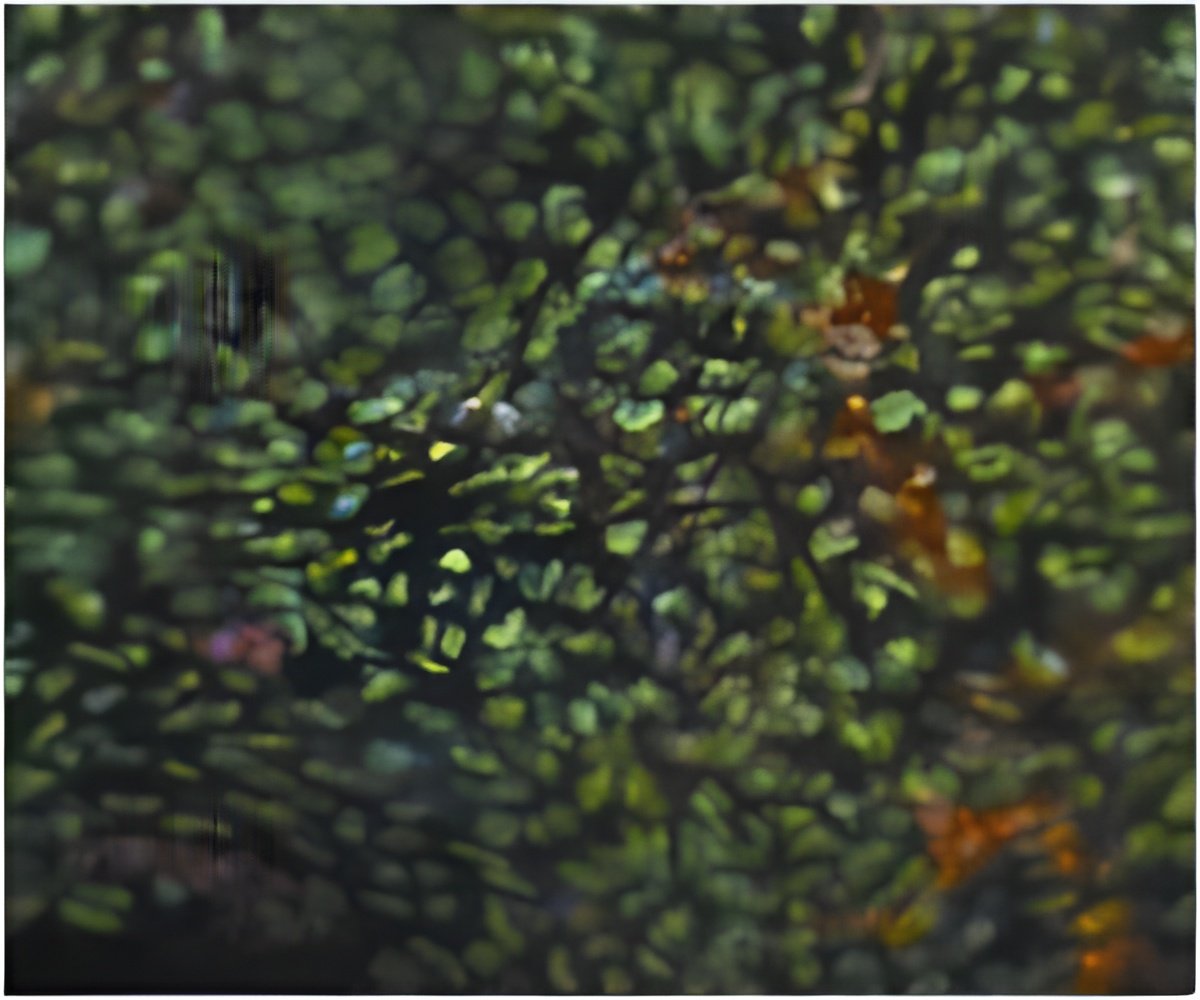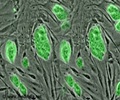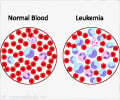An important step forward in their understanding of cryoprotectants has been made by scientists.

The findings, published in Proceedings of the National Academy of Sciences, could help scientists develop better storage techniques for a range of materials, including human reproductive tissue used in IVF.
Biological systems can usually only operate within a small range of temperatures. If they get too hot or too cold, the molecules within the system can become damaged (denatured), which affects their structure and stops them from functioning.
But certain species of fish, reptiles and amphibians can survive for months below freezing by entering into a kind of suspended animation. They are able to survive these extreme conditions thanks to osmolytes – small molecules within their blood that act like antifreeze –preventing damage to their vital organs.
These properties have made osmolytes attractive to scientists. They are used widely in the storage and testing of drugs and other pharmaceuticals; in food production; and to store human tissue like egg and sperm cells at very low temperatures (below ºC) for a long period of time.
"If you put something like human tissue straight in the freezer, ice crystals start to grow in the freezing water and solutes – solid particles dissolved in the water – get forced out into the remaining liquid.This can result in unwanted high concentrations of solutes, such as salt, which can be very damaging to the tissue," said Dr Lorna Dougan from the University of Leeds, who led the study. "The addition of cryoprotectants, such as glycerol, lowers the freezing temperature of water and prevents crystallisation by producing a 'syrupy' semi-solid state. The challenge is to know which cryoprotectant molecule to use and how much of it is necessary.
Advertisement
Dr Dougan and her team tested a range of different osmolytes to find out which ones are most effective at protecting the 3D structure of a protein. They used an atomic force microscope to unravel a test protein in a range of different osmolyte environments to find out which ones were most protective. They discovered that smaller molecules, such as glycerol, are more effective than larger ones like sorbitol and sucrose.
Advertisement
Source-Eurekalert








